I was given a Q&A recently for an interview and there was one answer that I wanted to expand on, especially after having attended a lecture Ron gave recently in which he went through the history of his career in art. It was so great to see it all laid out like that, and I thought, hey I should do that.. I learned so much by listening to his – just by retracing those steps, I think it’d be interesting to see what I’d reflect on, and also to share for those who are curious about this topic and/or curious about my background.
Here’s the initial question and my answer:
What made you decide to pursue art as a career in the art world?
It’s what I wanted to do. I’m not even sure there was initially ever a decision that had to be made when it came to the pursuit, but that it was more of a natural progression that came from interest, enthusiasm, hard work, and dedication to the craft. But I can say that whether I had a career in the art world or not, I’d still be making art no matter what. (you can read the rest of the article on the Upper Deck blog here)
I can’t tell you whether or not I’d answer that question much differently at some other earlier stage in my life, but it got me thinking.. About ‘the pursuit’ and my ‘career in the art world’ thus far. I thought I’d share a bit about it here, and share some things that I’ve learned from the different experiences or jobs in my career. I want to share this because though the jobs I’ve had have mainly been art-related in some way, I was not always doing what I’m doing now – not for a career, I mean. I have always been painting. It wasn’t necessarily something I was pursuing as a career, and it wasn’t necessarily that I wasn’t pursuing it either, but I was always doing it. For as long as I can remember, I’ve continued to paint my personal work.. while I had these other jobs, which were art-related as well. And I’ve enjoyed it all.
When I was still in high school, I had a couple art-related jobs that were pretty fun. One was doing large-scale holiday-themed displays at a local grocery store. I mostly used acrylic paint and airbrush. The other was working as an artist at Tower Records doing their displays. We sometimes did murals, and most times re-created album covers at a much larger scale using acrylics, airbrush, and cutting out letters in foam core with an exacto knife. As far as tools go, these were all things I had already been using, but the jobs taught me responsibility, most of all, just as any of the other jobs I had at that age (file clerk, waitress, etc). I will definitely admit that it was great to be able to get the chance to do something fun like that, and it was a pretty kick-back working environment.
I worked as an illustrator and layout artist in my late teens/early 20s at a local craft supply store called Your Creations (similar to Michaels). My art director who was also the main artist and designer, Sea Miller, was just awesome to work with and spend my days beside at the art table, as well as to occasionally go perusing antique stores with on our lunch breaks. She lived art, both at work and outside of work, and had a sense of awe and excitement about so much of what was around her, and we shared that. In that job, we used some tools there that have since gone by the wayside after the introduction of computers as a designing tool. They were all the old-school tools such as non-photo blue lined layout paper, non-photo blue pencils, exacto knives, a Merlin that printed out type on a ribbon of clear tape that you had to cut, piece together and stick down to format paragraphs, rulers, registration marks, and we did paste-up for all the layout of a bi-weekly 10-page ad/magazine on newsprint). The illustrating part of it was doing hand-drawn new products and features.
What this job taught me:
Teamwork, accountability/responsibility, being given direction and taking constructive criticism, the tools of the job then of a layout/paste-up artist and illustrator, organizing time and meeting deadlines, working with specific guidelines and formats, sharing a small working space with other artists, and this job and relationship with my boss assured me that being a creative is not shut off and turned on at certain times but is a constant way of being. Sea was a true inspiration to me in that way, and this was early in my life. I feel lucky to have had that experience then.
For a brief year or so pretty much right out of college, I worked as a layout artist and illustrator at an advertising agency. The tools I used there were computers(!), using Photoshop, Illustrator and I think back then it was Quark. This was all good for me, and I did learn a lot on the job – well, actually, I taught myself most of those programs while working in that job (unbeknownst to me at that time teaching myself programs constantly would end up being part of the gig anywhere and so was good early training), but what I learned most there was probably more from being in that workplace environment. My boss who was the Creative Director and co-CEO was a pretty okay guy accept for being largely (unknowingly and stereotypically) chauvinistic. My lunchtimes were spent at the beach which was only a couple blocks away, and this taught me about balance. Haha. I learned to set my sights higher.
My next job after that was as an illustrator at a greeting card company called Suzy’s Zoo. I worked there for 8 years in my 20s and early 30s. What I’ve taken away most is the passion and sense of wonder that the owner, creator, and lead illustrator of the Suzy’s Zoo world, Suzy Spafford, embodies. She lives art, and she lives in that world that she’s created. Without a doubt, she loves every bit of going to her drawing table and getting lost in that world. The characters are the people who she surrounds herself with, and for her, every single moment of every day is filled with enthusiasm and excitement about that world.
It was important to her that our illustrations came from a place that was personal and also spoke universally. I learned how to better tap into my own personal experiences at least as springboards for concepts for illustrations. And though not everyone was a creative that worked there, every employee that worked there was hired into a big family – it was the epitome of that concept. When I say that I learned a lot, there are also other things on the technical side that I learned as well. Such as:
Illustrating in someone else’s hand. What this means: not only drawing something like that person, but understanding the method in which she works, and making it feel the same or like she did it – her sensitivity, control, line weight, knowledge of the characters’ actions and personalities, understanding of colors used, and overall enthusiasm as well.
New tools. Her tools were not something I used much prior to working there, and still now only use for sketching – they are: Pantone markers and a specific grey pen used for the outlines that doesn’t bleed when used with the Pantone markers. She had a specific look that mimicked watercolor that came from using those tools. She also used watercolor on other projects, but our main mode of working was with those markers on drawing paper. And then digital for layout and conforming the art to other products.
Working in predominantly the same format. It was almost always vertical. This might not seem important, but it’s an interesting thing to think about in terms of problem-solving and composition.
Keeping what could get very repetitious fresh and new. Saying the same thing in a different way many times over (this would help tremendously in the instruction portion of my career later).
Designing for flexibility. Designing with all types of products in mind besides solely greeting cards.
Switching gears from my own work to this work – it was much different! (see below for more about that)
And more… such as cultivating a sense of wonder and imagination, living the world that you create, teamwork, accountability/responsibility, being given direction and taking constructive criticism, working with deadlines, and working in a process that is for print.
We also had weekly meetings to go over products, time-frames, etc as well as tours that would come through and we would show them a bit about our process of making an illustration and show them a behind-the-scenes look at where this world is created. Which was fascinating for them to see, and fascinating for us to watch them light up about it all.
There are so many things I could still list, but I’d especially like to say this one last thing about this job – the people there were just amazing, and many of them are some of my most favorite humans I’ve had the pleasure of knowing and the good luck of spending as much time with as I did then.
So, I mentioned earlier about switching gears (which I could write a whole article about on its own, and might another time!).. At the time I was working at these jobs by day, I was coming home and painting at night. I was always like that. It’s something I’ve always done no matter what job I was working, and something that never really has gone away, but has now just morphed into working all day/night at one thing/place – in my own hand at my own studio. During the years that I worked at different jobs, I was still always working on my own personal work, as well as studying from life, training at workshops, taking classes and going to open studio sessions. I showed in local group shows, had a couple solo shows, and did some independent work for some game studios and commercial work too sometimes. But my downtime mainly consisted of painting my own personal work.
Regarding switching gears, I found some ways that helped to get out of the mindset of one thing and into the other, depending on what the work entailed. It’s different for different things, but mainly it’s a way in which to shake off one in order to shift to the other. Like I said, maybe I’ll save that for an entirely different article, but I mention it because it’s a big part of who I am and how I function. Switching gears is something I’ve learned from having those sort of dual paths going at once routine and I still put it to use in my career now as an independent artist.
Jump ahead a bit about a year after I last worked at Suzy’s Zoo, and Ron and I opened our own studio/school. We had been instructors prior, and had experience on that front. (That’s the extremely abbreviated version of that segue – the two of us both have eclectic backgrounds in our experiences and different educational backgrounds as well, but both were teaching in a studio/atelier environment while working in our varied art careers). With a little bit of downtime in between, it helped in getting that next chapter rolling. I learned a great deal during that time. Things like: autonomy, organizing my time, starting our own business and everything that comes with that (in a nutshell), pulling together resources, remaining connected with others, just to name a few.
Our studio was a good-sized space that hosted three 3-hour classes per day. Ron and I switched off mostly, but we did have other instructors that taught a couple classes on a couple of the days. We also hosted several other types of things such as guest artist workshops,, gallery shows both in our studio as well as at outside events, and other events such as what came to be known as 2nd Friday Sketch Jam, which was open to the public and most times involved musicians playing. The experience of running this studio and teaching daily taught me so much, and it will be tough to wrap up what has now spanned about 15 years into only a couple paragraphs or so, but here goes..
What I’ve learned from teaching and having the studio:
Patience. What I thought I had a good amount of prior to the studio was nothing in comparison to what I gained from that experience. I’m painting this with a broad brush here (pun intended), but when I say patience, I mean with myself, with others, with uncontrollable forces, with traffic, noise, and a community in flux, just to name a few.
Communication. This one is huge. From doing daily demonstrations in which I explain to a class what I’m doing while I’m painting, to giving constructive criticism, to speaking at community events, participating in city meetings, or doing online instruction. These all require a different sort of communicating, and what I’ve taken away from this experience has helped my career immensely because from it, I’ve learned to speak with intention – about my work or in explaining how things work, as well as giving a lecture or just conversing spontaneously in any given situation.
Autonomy. What I thought I might’ve known having been working on my own work as well as the day jobs’ work was a good start, but owning a business is its own kind of autonomy and in our case, was a teamwork sort of autonomy, so as business owners we were one, but as instructors at the business we ran we were different – which would definitely be a big part of what makes me who I am today.
Teamwork while allowing the other in the team to shine as much as possible. This doesn’t mean that in doing so I wasn’t allowing myself to shine (see autonomy above), but it does mean recognizing that we both have our strengths and our weaknesses, and we find ways to celebrate that and make it work to the advantage of the whole.
Study and never stop learning. At the studio, we had the opportunity to work from life on a daily basis, and I’ve always used that opportunity as much as I could. I’ve always been one to draw or sketch or paint whenever I can, but the dedication to the craft, to improving on skill, and to learning more or something new have always been of importance to me and I intend for it to continue to be. The strong work ethic comes from way back, I think. To family upbringing and playing sports and practicing music and drawing.
A few others on this list are: persistence, enthusiasm, a stronger business sense while maintaining a true-ness and grass roots feel, a stronger sense of spontaneity or a go-with-the-flow sort of mentality than I already had, organization, inclusion, openness to diversity and to things not going as expected, not to expect things as much (this is both a positive and negative aspect), remaining true to a vision or a mission statement while evolving, delegating tasks, giving meaningful assignments, finding and sharing new ways to learn the same things (pairs nicely with Enthusiasm), keeping a schedule, attention to detail, being okay with not knowing something while also then being motivated to learn it, and sharing this with others.. well anyway, I could really go on, but one last thing.. Again, I want to point out that I feel lucky to have connected with so many amazing human beings while teaching and running the studio.
So here I am now. In the next chapter. The making of art is still the day job and the night job, only different. Still making art. Still creating. Still painting. That will always remain a constant. And I’ve no doubt that a lot of that other stuff that happened up until now plays in quite a bit with how and what I create. I shared these art jobs I’ve had to show how different the jobs were from my own work, and maybe even surprising to some who’ve only known me more recently. To be honest, I don’t think I had any idea so many years ago that I would’ve done any of what I’ve done up to this point, but I knew back then that art would be involved in my life in some way.
I love hearing about the different jobs that other artists have had.. What’s yours? I’d love to hear. Share in the comments if you’d like.


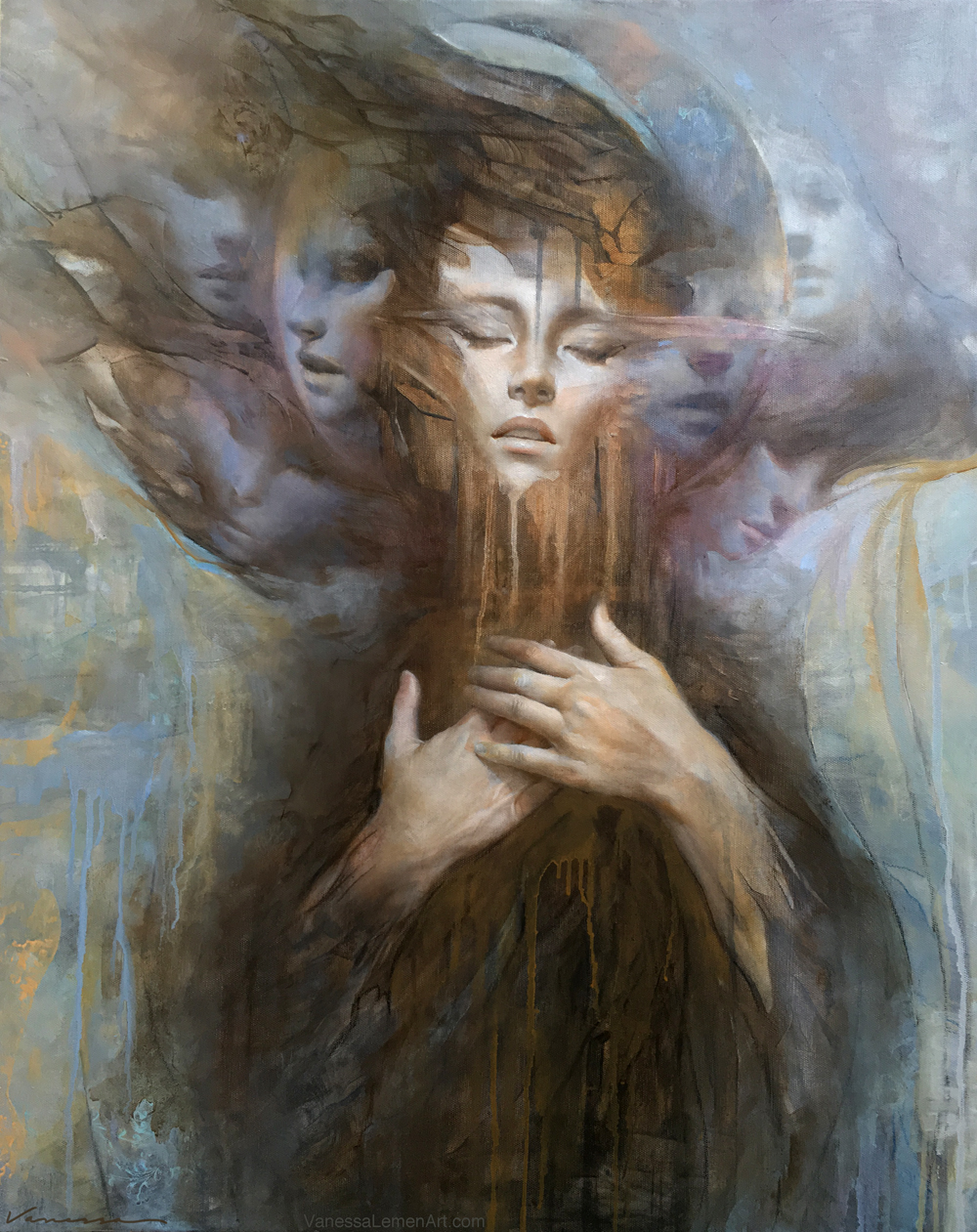
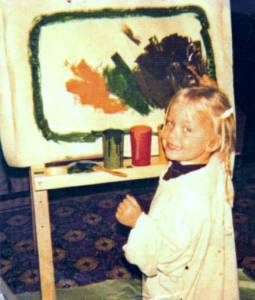
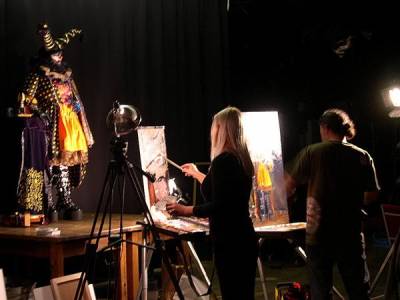


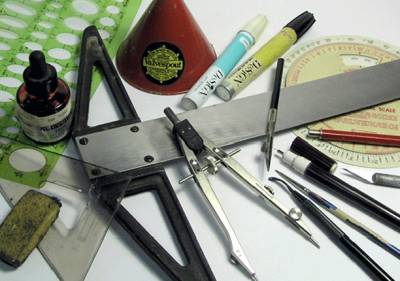
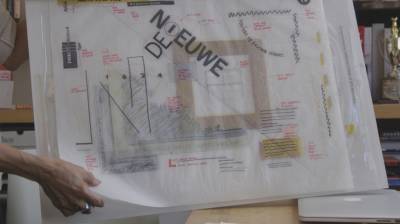
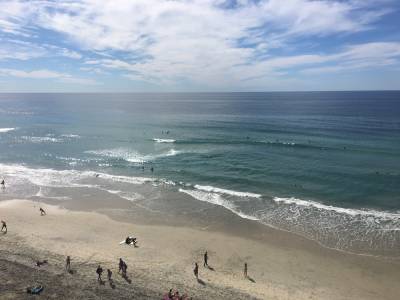

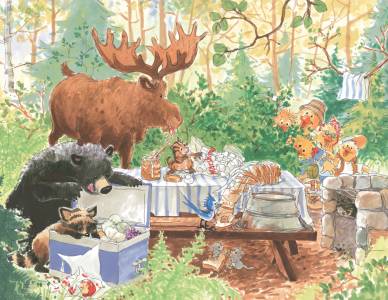
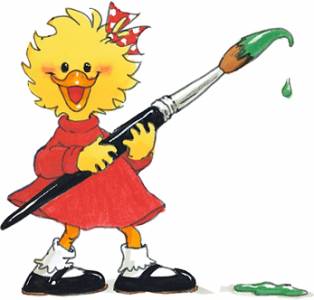
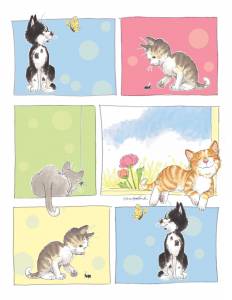
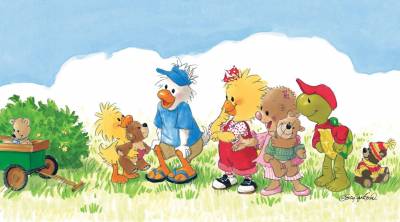
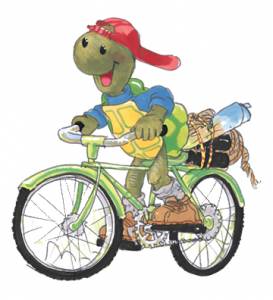

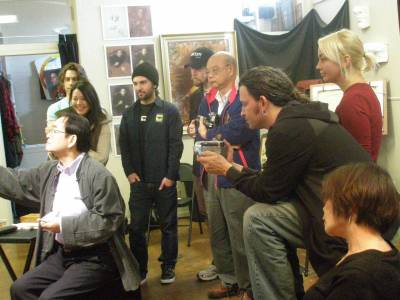
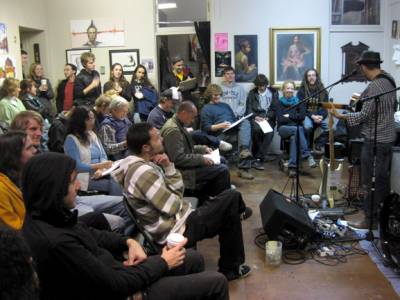



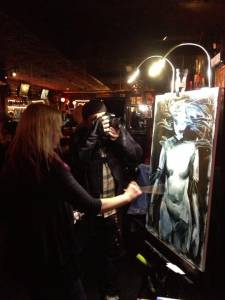
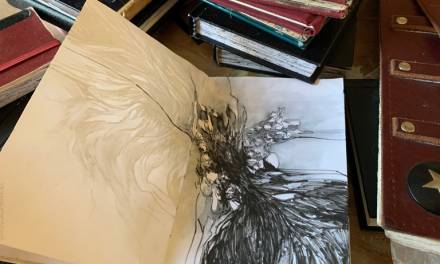
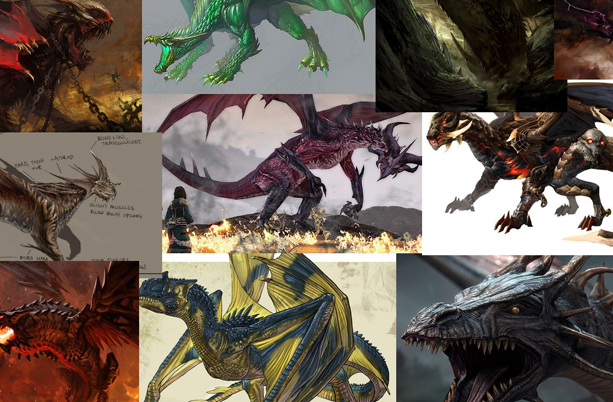
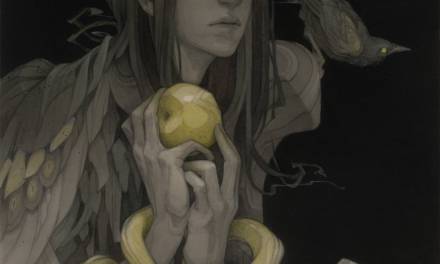
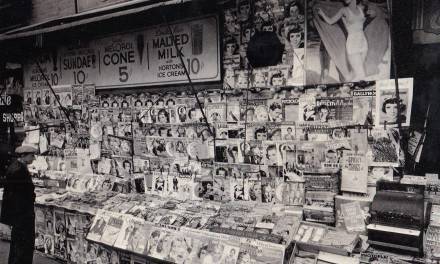

Super article. I love the way you pulled positive results even from situations that may have been less than ideal. That’s such a valuable ability. Thank you for sharing your journey!
Thanks much, Beth. There was so much positive in these experiences. The positive definitely outweighed the less than ideal. I’m so glad to have gotten these opportunities, and so glad to have gotten the opportunities that came from continuing to work on my personal work all the while too. It’s a lot of work, I’m not gonna lie. But I wanted to share this because people put so much pressure on themselves to be doing what we love for a living/career, and if that’s not working, then that equates to failure. It’s unfortunate that there are so many people who believe this. I continued to do what I love while at the same time maintained the day jobs, albeit they were art-related, but not in the sense that one might have thought if they’ve only known me or my work in more recent years. As far as my journey goes, I really wanted to show what I was up to outside of work at the time that I was working at these jobs too, but the article would’ve been way too long if I did that! But yeah, all the while I’ve been painting, drawing, studying, teaching, painting, drawing – that will never cease. And I think that’s the message. Well, the message is in two parts: 1) It’s not immediate, and it takes work and dedication. and 2) Do what you love. (I’m actually not a fan of this phrase – it sounds hokey, but you get the idea). Do what you love, whether or not you’re doing it for a living/career. Keep doing it, and don’t stop doing it. And one day you’ll stop and take a look and will find that it is your career. This quote by Rilke sums it up: “And the point is, to live everything. Live the questions now. Perhaps you will then gradually, without noticing it, live along some distant day into the answer.”
Thanks again! For taking the time to read the article, and thanks for the comment!
I will read your articles even if they get longer. In fact, if you ever feel like writing a book, I would read that too. 🙂 You are an inspiring writer in addition to being an amazing artist.